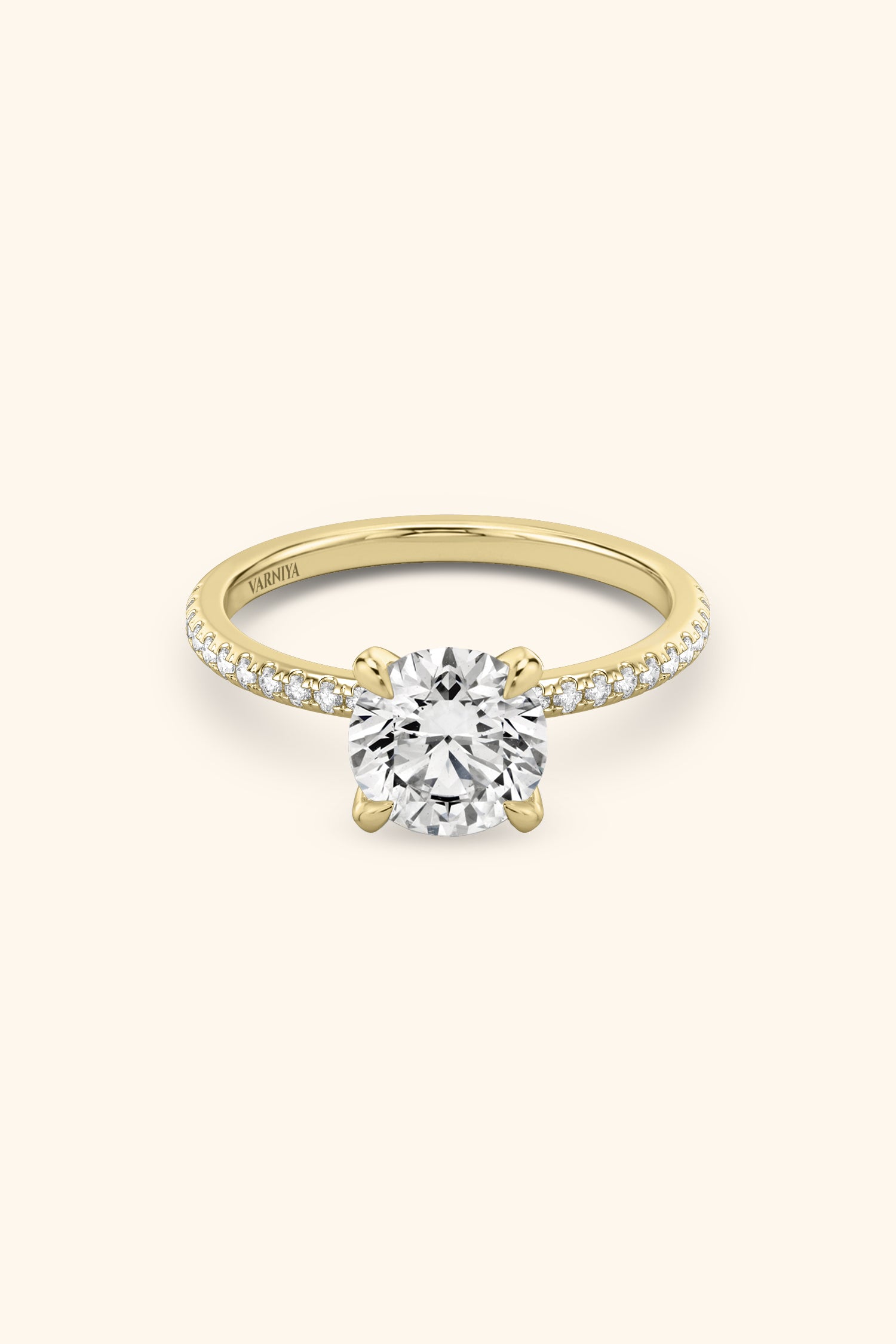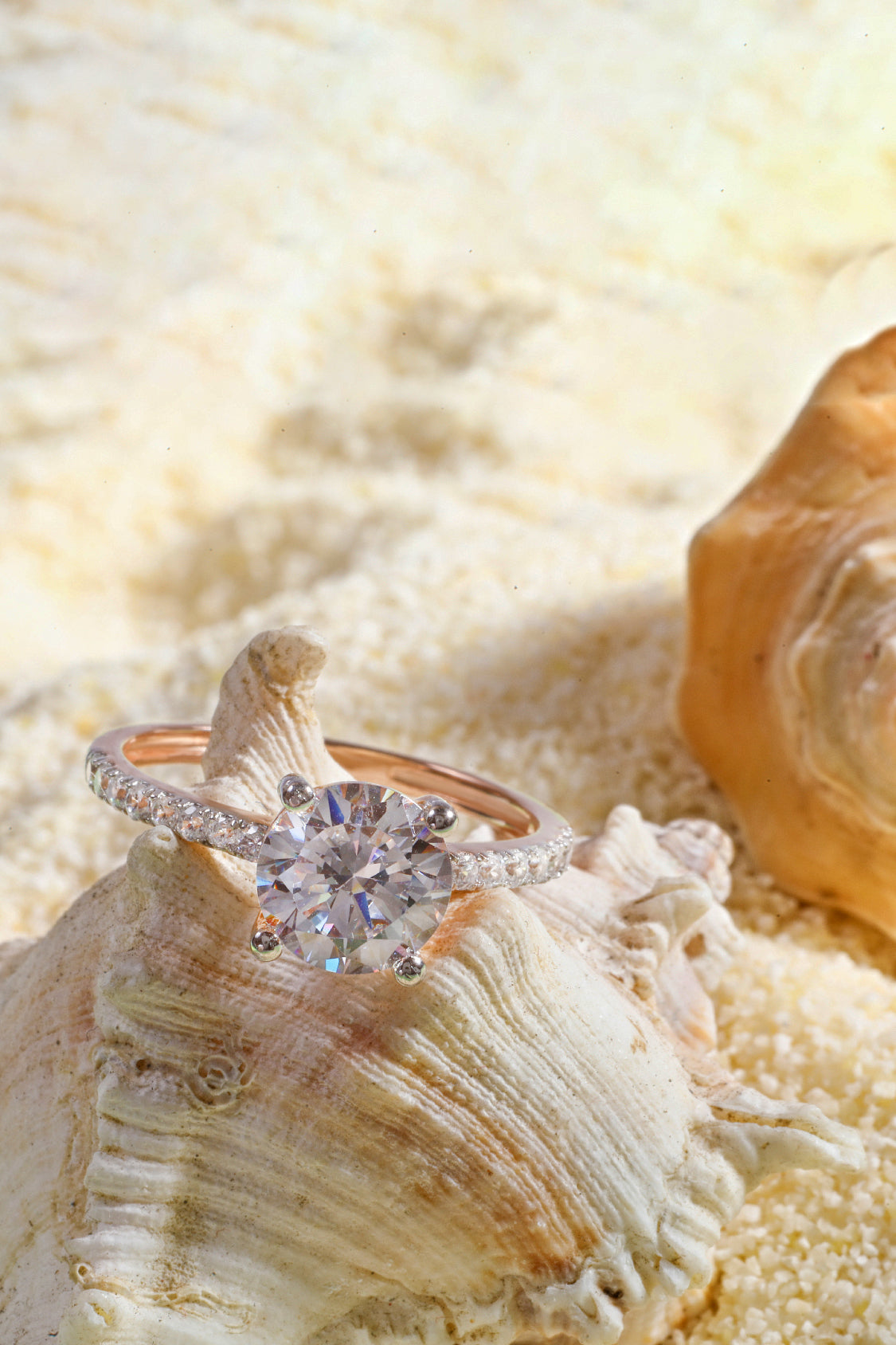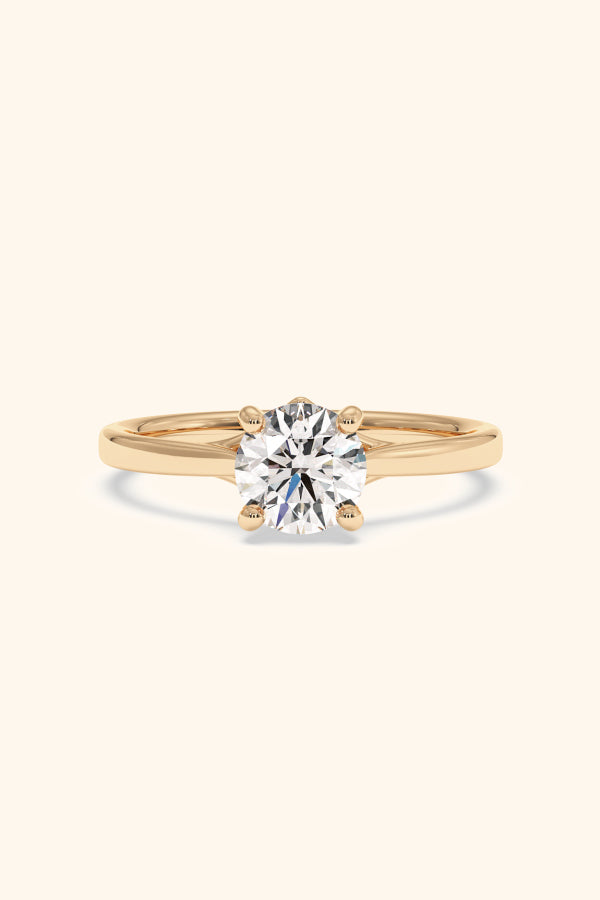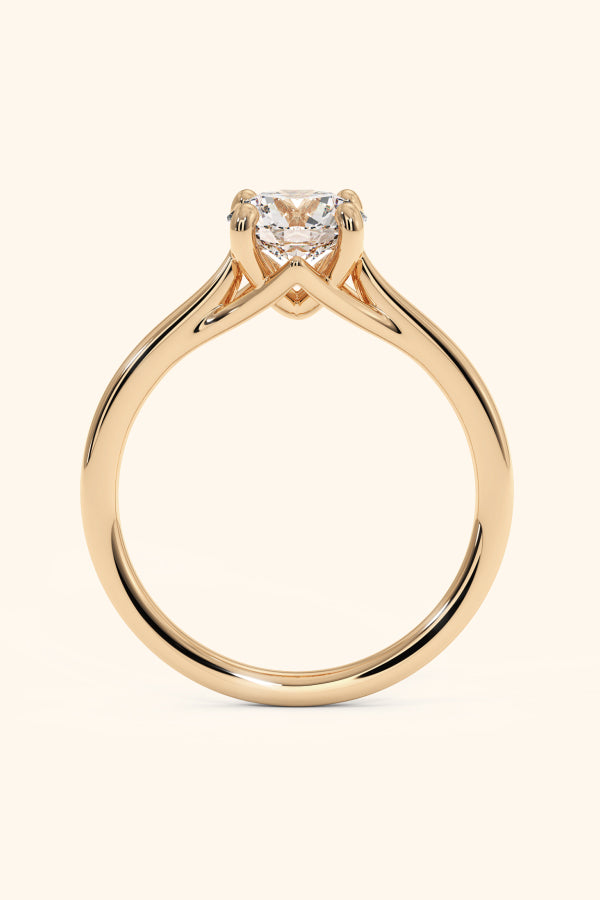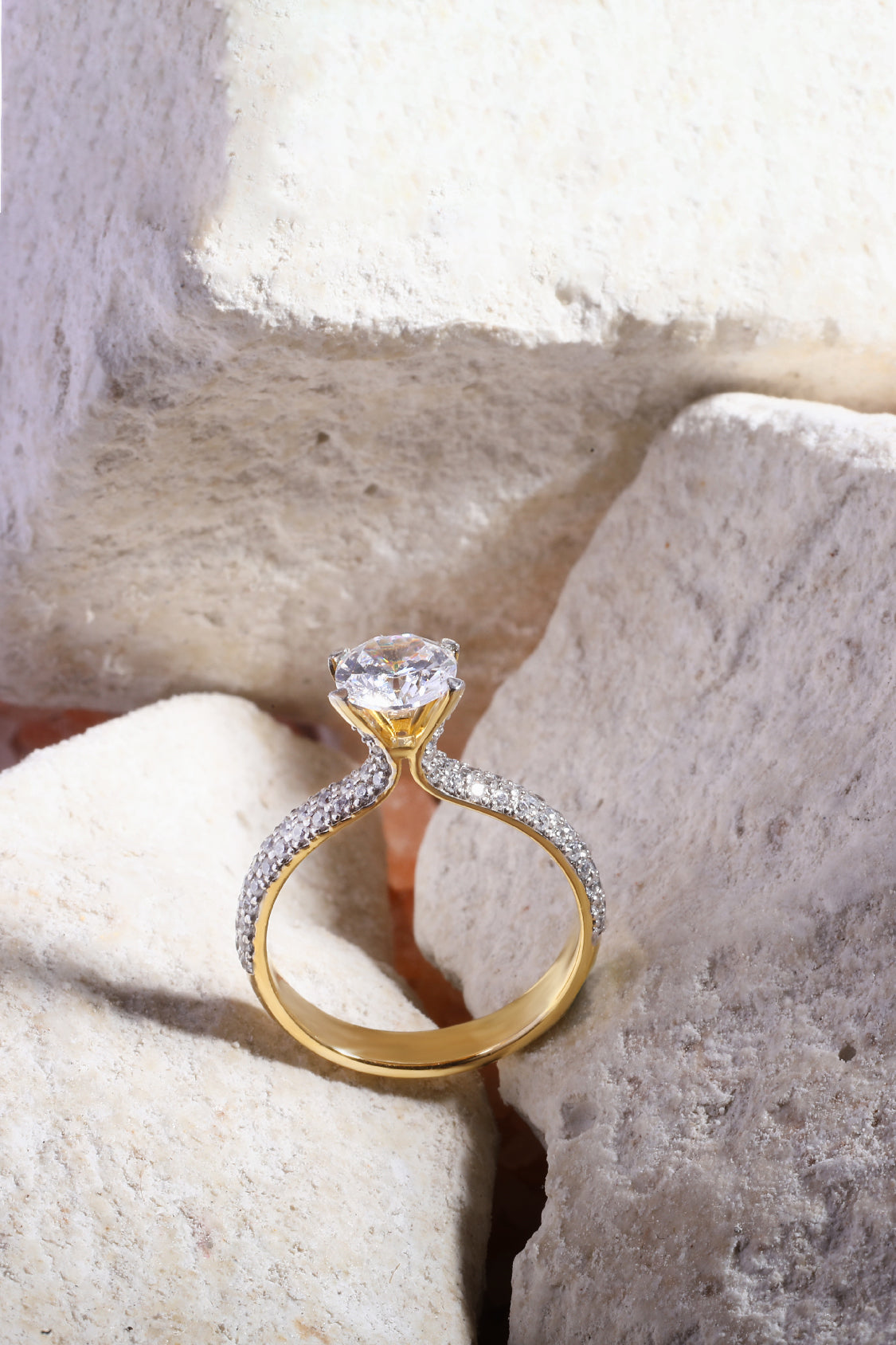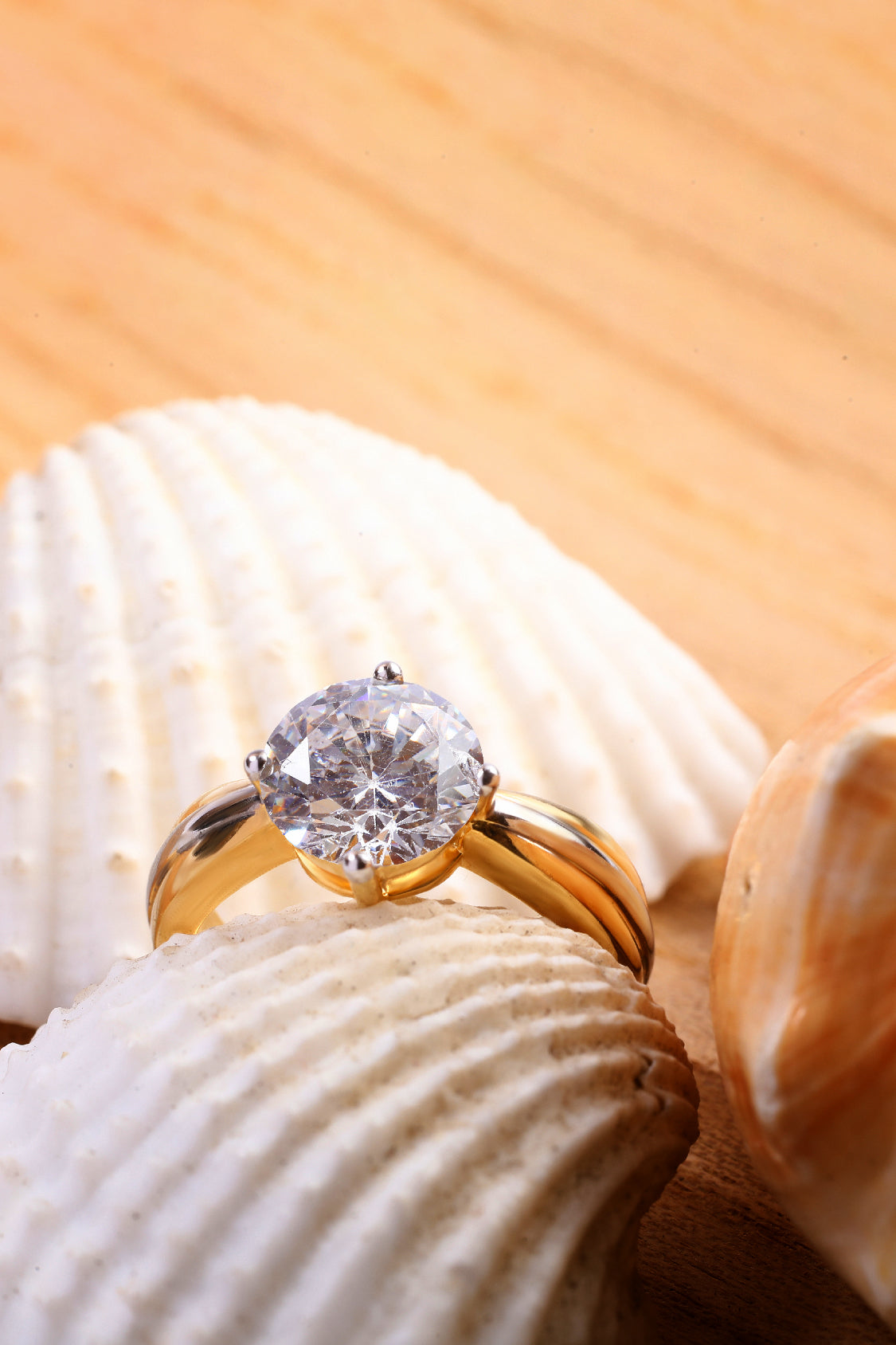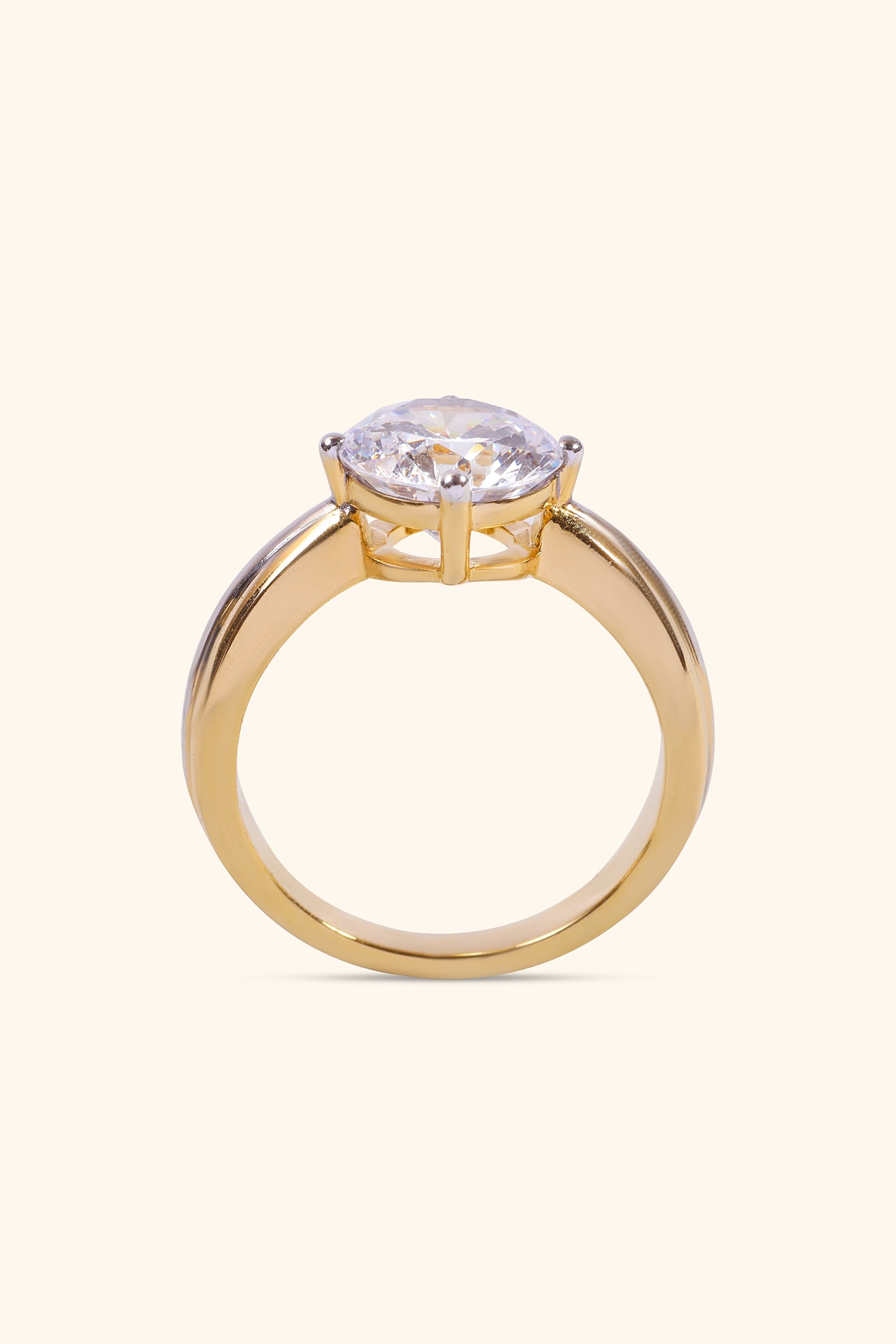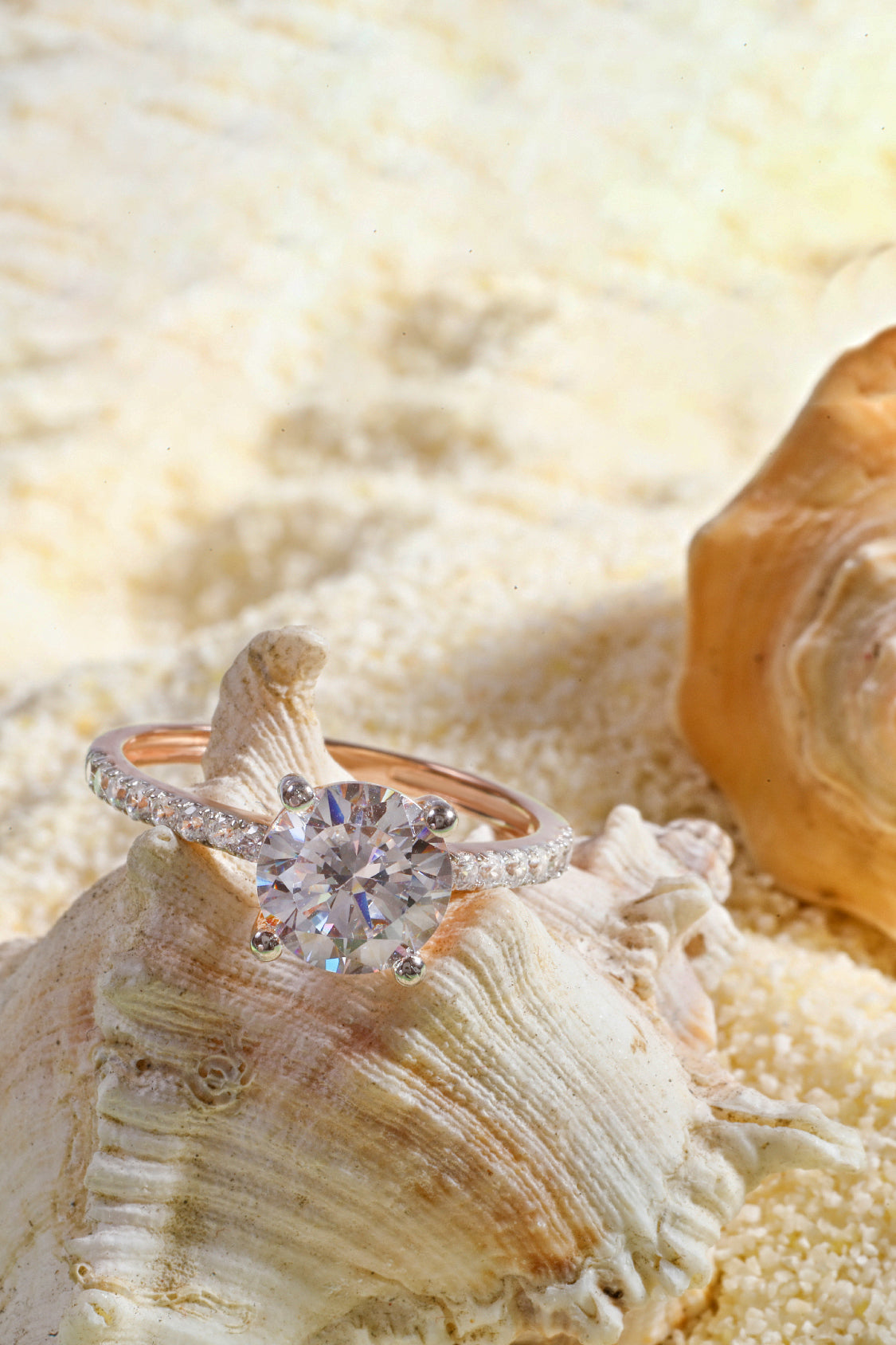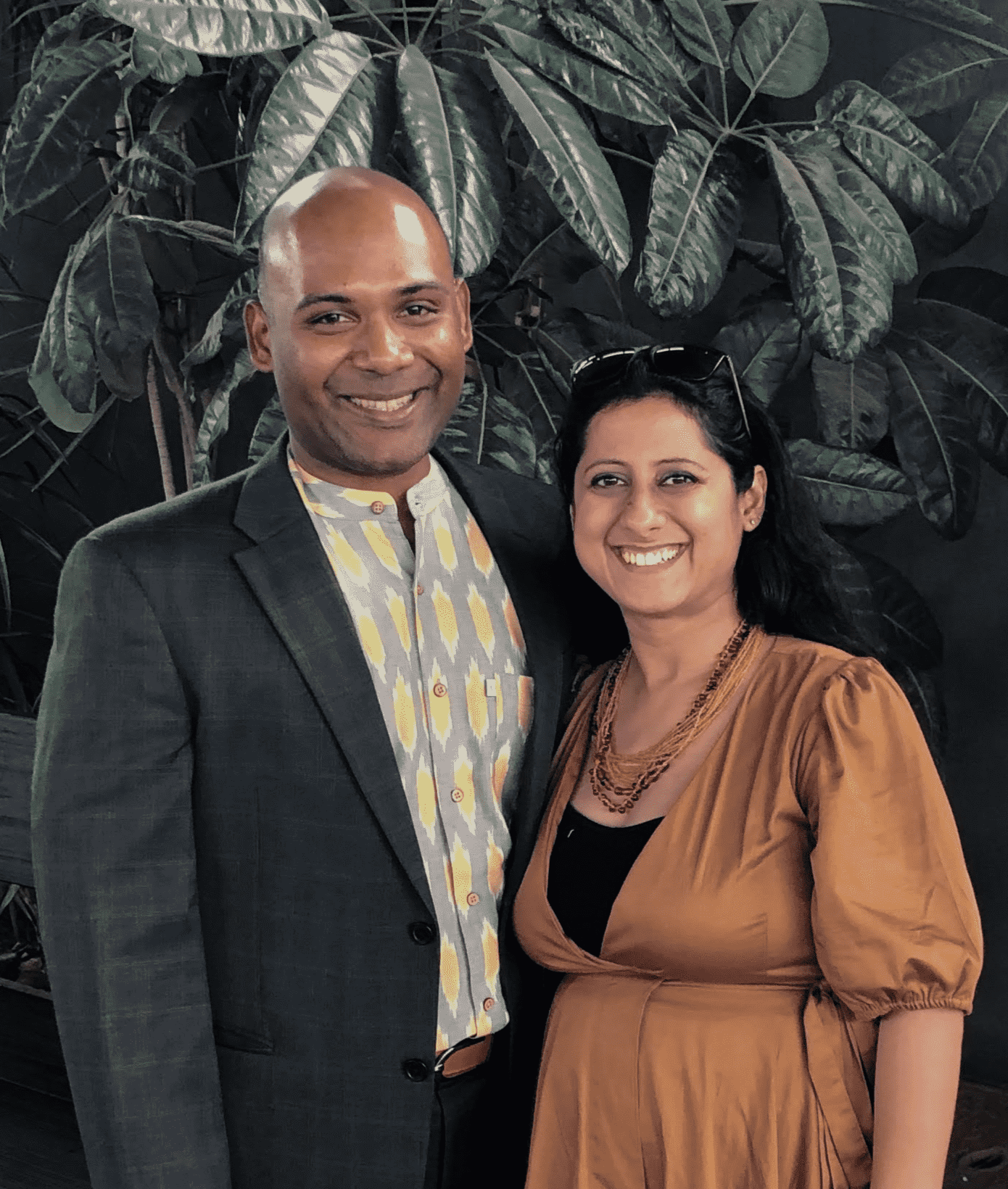
Lab-Grown Diamond Prices & Value Analysis
The surge in demand for lab-grown diamonds reflects a growing preference for ethical choices and affordability among consumers. This guide delves into lab grown diamonds prices and their advantages, aiding in informed and smart buying decisions.
Popularity and Affordability of Lab-Grown Diamonds
According to Allied Market Research, the global market for lab-grown diamonds is expected to hit $59.2 billion by the year 2032 due to their increasing popularity and affordability. More folks want diamonds that are kinder to their wallets and the planet!
Comparison with Natural Diamonds on Price and Value
A comparative analysis conducted by the International Gem Society reveals that lab-grown diamonds typically cost 40% to 50% less than natural diamonds of similar quality. This cost advantage has contributed to their rising acceptance among consumers seeking high-quality diamonds at competitive prices.
Lab-Grown Diamonds' Lower Resale Value
While lab-grown diamonds offer initial cost advantages, their resale value may not match that of natural diamonds due to challenges in the secondary market, impacting their long-term value proposition. As lab diamond prices continue to decrease, their long-term value is expected to diminish compared to natural diamonds.
Understanding Lab-Grown Diamonds
Definition and Creation of Lab-Grown Diamonds
Lab-grown diamonds, often termed synthetic or cultured diamonds, undergo advanced technological processes that mimic natural diamond formation. Recognized by the Federal Trade Commission (FTC) as genuine diamonds, they share chemical and physical similarities with natural diamonds.
Physical and Chemical Similarity to Natural Diamonds
Lab-grown diamonds display physical and chemical properties almost identical to natural diamonds. Their hardness, measured at 10 on the Mohs scale, and refractive index around 2.42 closely match those of natural diamonds. This resemblance makes them practically indistinguishable without specialized equipment.
Factors Affecting the Price of Lab-Grown Diamonds
The cost of lab-grown diamonds is affected by factors like shape, cut, carat weight, color, and clarity, much like natural diamonds. These aspects influence the diamond's overall appearance and quality, contributing to its pricing. Additionally, the manufacturing process and market demand also play roles in determining the final cost.
The Importance of Certification
Certification from reputable gemological institutes such as GIA or IGI is pivotal in verifying the authenticity and quality of lab-grown diamonds. Prioritizing certified diamonds is advised to guarantee the purchase of genuine stones with accurate grading.
Comparison with Natural Diamonds
Creation Process Differences
Natural diamonds are formed over millions of years under intense pressure and heat, while lab-grown diamonds are created within controlled laboratory environments. This fundamental difference in their creation processes influences their market positioning and pricing dynamics.
Comparative Analysis of Appearance and Price
An analysis reveals that lab-grown and natural diamonds share a similar appearance, showcasing comparable beauty. However, notable price differences exist due to factors such as market demand and production costs, distinguishing these diamond types in the market.
Resale Value Comparison Between Lab-Created and Natural Diamonds
According to Bain and Company, in 2021, the average retail price of a polished synthetic diamond was only 30% of the equivalent natural stone, down from 35% in 2020. This significant price difference underscores the impact of market dynamics and consumer preferences on the resale trends observed in the diamond industry.
Analysis of Value
Minimal to No Resale Value of Lab-Grown Diamonds
Technological advancements lead to reduced production expenses, affecting the overall value of lab-grown diamonds resale value. The enduring perception of lab-grown diamonds as inferior or "fake" leads to a decrease in their resale value, often plummeting to around 20%-30% of their initial purchase price.
Discussion on Price Depreciation Over Time
Diamond market analyst Edahn Golan, founder of Diamond Research & Data, emphasizes the significant influence of technological advancement and retailer price reductions on the future of the lab-grown economy. Initially, wholesale margins were substantial, but as retailers became more discerning, they negotiated and achieved lower costs. T
Historical Price Evolution and Significant Drops
Historical price evolution in lab-grown diamonds demonstrates substantial drops, indicating shifts in production costs and market trends. These price reductions reflect the growing affordability and accessibility of lab-grown diamonds over time. Such insights into pricing dynamics are valuable for consumers and industry players.
Pricing Trends and Predictions
Detailed Comparison in Price Changes from 2017 Onwards
Over the past three years, lab-grown diamonds have experienced significant price drops, with notable examples like a 1-carat I VS lab-grown diamond plummeting from $4,100 in early 2017 to $2,850, marking a 35% decline. This trend is anticipated to persist as advancing technology makes production more cost-effective.
Case Study of Price Fluctuations
The global Lab-Grown Diamond market size was valued at USD 23898.6 million in 2022 and is expected to expand at a CAGR of 8.64% during the forecast period, reaching USD 39301.2 million by 2028. Diamonds, the most venerated of precious jewels, are an excellent example of the beauty that nature creates.
Decline in Price
Indeed, lab-grown diamonds are experiencing a downward trend in pricing. These diamonds have witnessed consistent price decreases over the years and now are approximately 83% less expensive than natural diamonds. In the past year, lab-grown diamonds have declined by -29.84%, surpassing the -16.50% decline observed in natural diamonds.

Buying Guide
Guide for Prospective Buyers
Introducing a comparison tool or checklist that encompasses not only the traditional 4 Cs (color, clarity, cut, and carat weight) but also ethical considerations, certification importance, and brand reputation can significantly assist buyers in making informed and balanced decisions aligned with their values and preferences.
Recommendations for Specific Use Cases
Tailored recommendations based on specific use cases such as engagement rings, everyday jewelry, or investment pieces are invaluable. For instance, highlighting the significance of cut and clarity for engagement rings, or focusing on carat size and certification for investment purposes, provides direct guidance to buyers
Advice for Making a Balanced and Informed Decision
Empowering buyers with knowledge and advice ensures they make balanced and informed decisions when purchasing lab-grown diamonds. Educational resources, certification importance, and ethical considerations contribute to a positive buying experience and long-term satisfaction.
Read Also: Why Lab Grown Diamonds Are A Smart Choice For Indian Consumers?
Frequently Asked Questions (FAQs)
Investment Value of Lab-Grown Diamonds
Lab-grown diamonds are gaining investment value in India due to their lower initial cost and improved quality. They offer price stability, consistent quality, and appeal to environmentally conscious investors. Investors should conduct thorough research and seek advice to make informed decisions in this growing market segment.
Current Market Trends
Current market trends for lab-grown diamonds in India reflect several notable patterns. Firstly, there's a rising demand among younger consumers who prioritize sustainability and ethical sourcing. Secondly, technological advancements are leading to improved quality and diversity in lab-grown diamond offerings.
Concerns About Resale Value
Concerns about the resale value of lab-grown diamonds are valid, as they generally depreciate compared to natural diamonds. However, this depreciation is often offset by their lower initial cost, making them a viable option for budget-conscious buyers.
Conclusion and Recommendation
Final Guidance on Choosing Between Lab-Created and Natural Diamonds
The analysis of lab-grown diamonds highlights their growing importance in the industry. Buyers must weigh factors like resale value, certification, and long-term investment goals. For top-notch lab-grown diamonds and expert advice, explore Varniya's collection today. Make an informed investment with Varniya's premium offerings.
Considerations Based on Long-Term Value and Upfront Costs
It's crucial for buyers to consider both the upfront costs and long-term value when investing in diamonds. While lab-created diamonds offer affordability, natural diamonds may hold better long-term value due to their rarity and market demand.
Emphasis on a Balanced, Non-Persuasive Approach to Diamond Selection
Buyers should align their diamond purchases with individual preferences, budget constraints, and ethical considerations. Emphasizing a balanced approach ensures that choices reflect personal values rather than succumbing to external pressures or marketing tactics.


